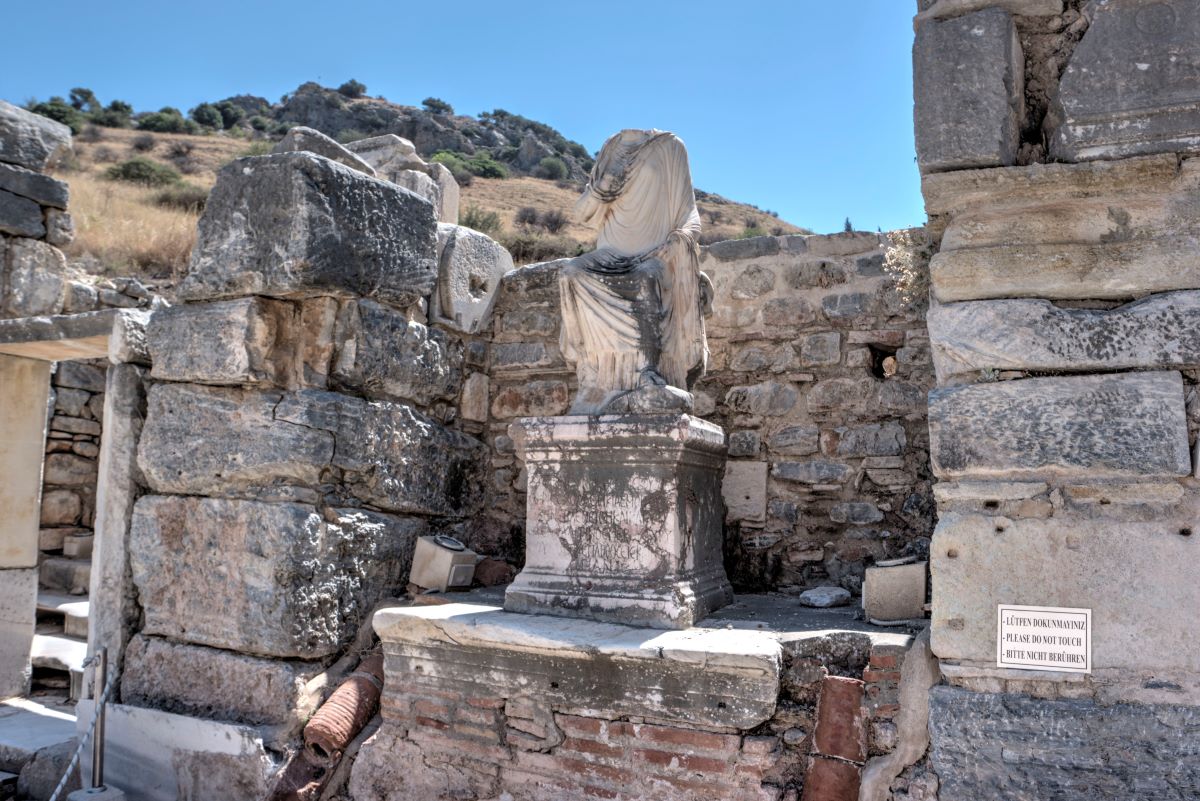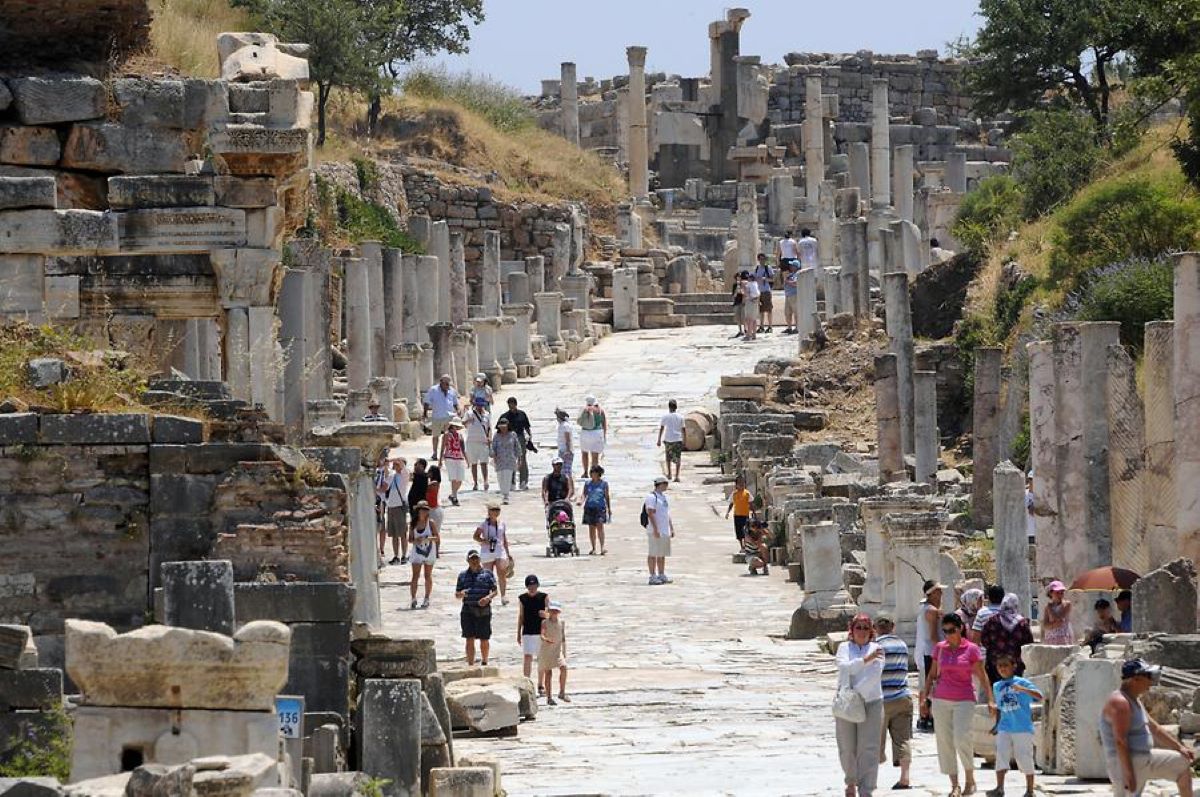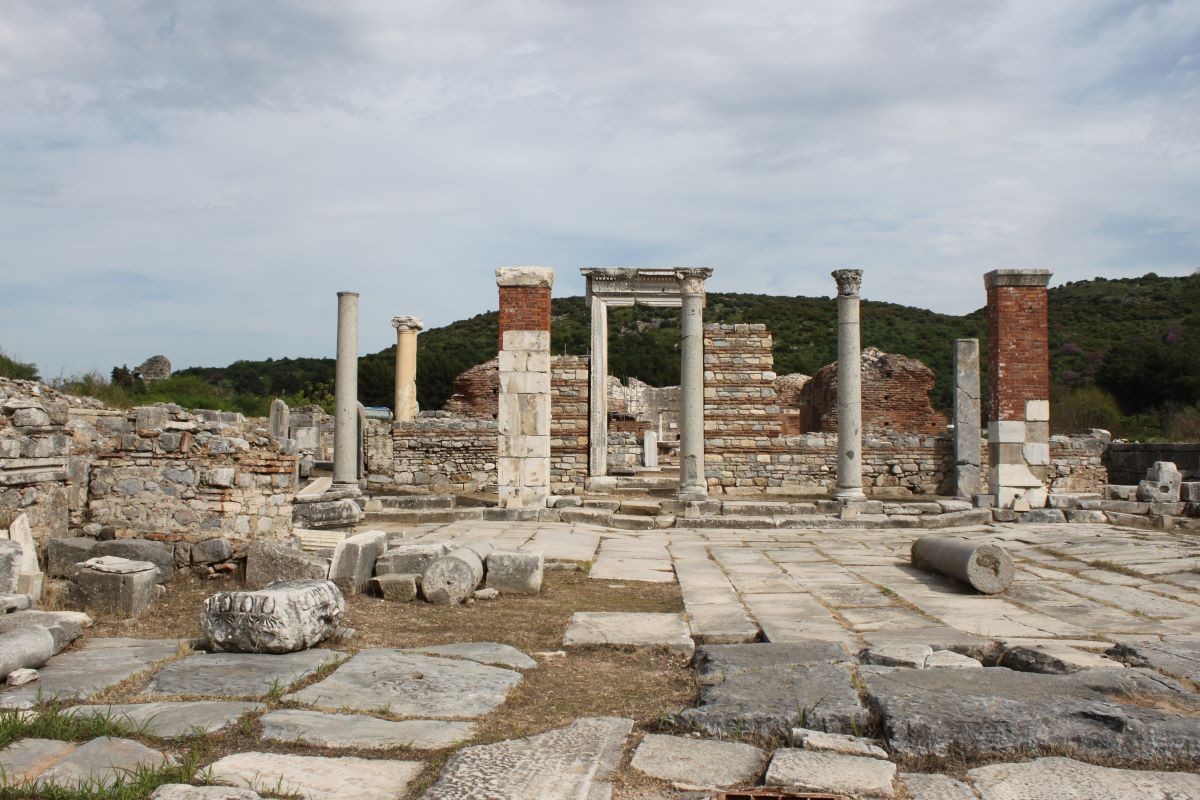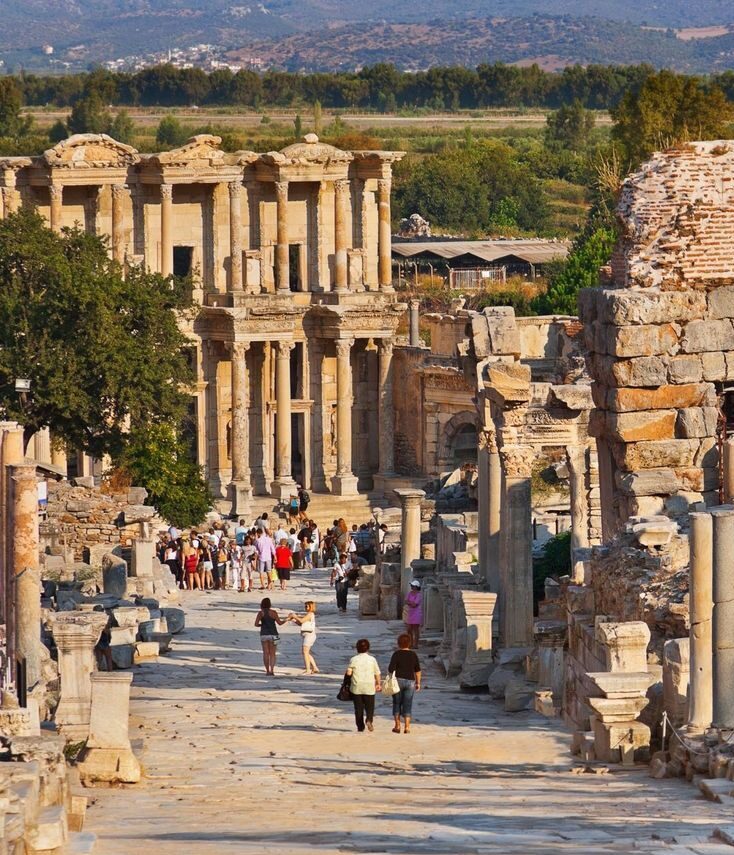The ancient city of Ephesus is a site of remarkable historical significance, with a…

The Scholastica Baths: A Rich History of Roman Luxury
The Scholastica Baths in Ephesus are a testament to the luxurious and sophisticated lifestyle of the ancient Romans. Built in the First Century and later restored in the Fourth Century by a wealthy Christian lady named Scholastica, these baths were among the largest and most impressive in the Roman world. The complex included a range of facilities, including pools of varying temperatures, massage rooms, and even a library. Today, the Scholastica Baths remain a fascinating glimpse into the social, cultural, and philosophical traditions of ancient Rome.
The Scholastica Baths were a three-story complex with two entrances, one from the Curetes Street and the other from a side street. The main entrance led visitors into a dressing room with ten cabins for changing, followed by the cold room (frigidarium) with its pool, the warm room (tepidarium) for relaxation, and the hot room (caldarium) with its advanced heating system. The second floor was used for massage and therapy. Visitors would move between the different rooms, enjoying the different temperatures and activities.
The Scholastica Baths were not only a place for bathing and relaxation but also a center for socializing and discussing the topics of the day. The importance of discussing in the bath is well-known and effective in the development of Roman philosophy. The baths also served as a gathering place for political and cultural events.
One of the most interesting features of the Scholastica Baths is the mosaic flooring, which is made from a range of different materials, including marble, glass, and terracotta. The complex also includes a number of statues and reliefs, including a statue of Scholastica herself, located on the left of the eastern entrance. Although her head is missing, the statue is a fascinating tribute to the wealthy benefactress who contributed to the restoration of the baths.
The Scholastica Baths were used not only during the Roman era but also during the Byzantine and Ottoman periods. In fact, the tradition of Roman baths continued during the Byzantine era and reached its height during the Ottoman period. Today, visitors can experience the Turkish bath tradition, which has its roots in the Roman baths, and get a sense of the social and cultural significance of these ancient complexes.
The Scholastica Baths in Ephesus are a remarkable example of the luxurious lifestyle enjoyed by the ancient Romans. From their advanced heating system to their mosaic flooring and rich cultural traditions, these baths offer a fascinating glimpse into the social, cultural, and philosophical traditions of ancient Rome. Whether you are interested in history, architecture, or culture, a visit to the Scholastica Baths is sure to be a highlight of your trip to Ephesus.




This Post Has 0 Comments